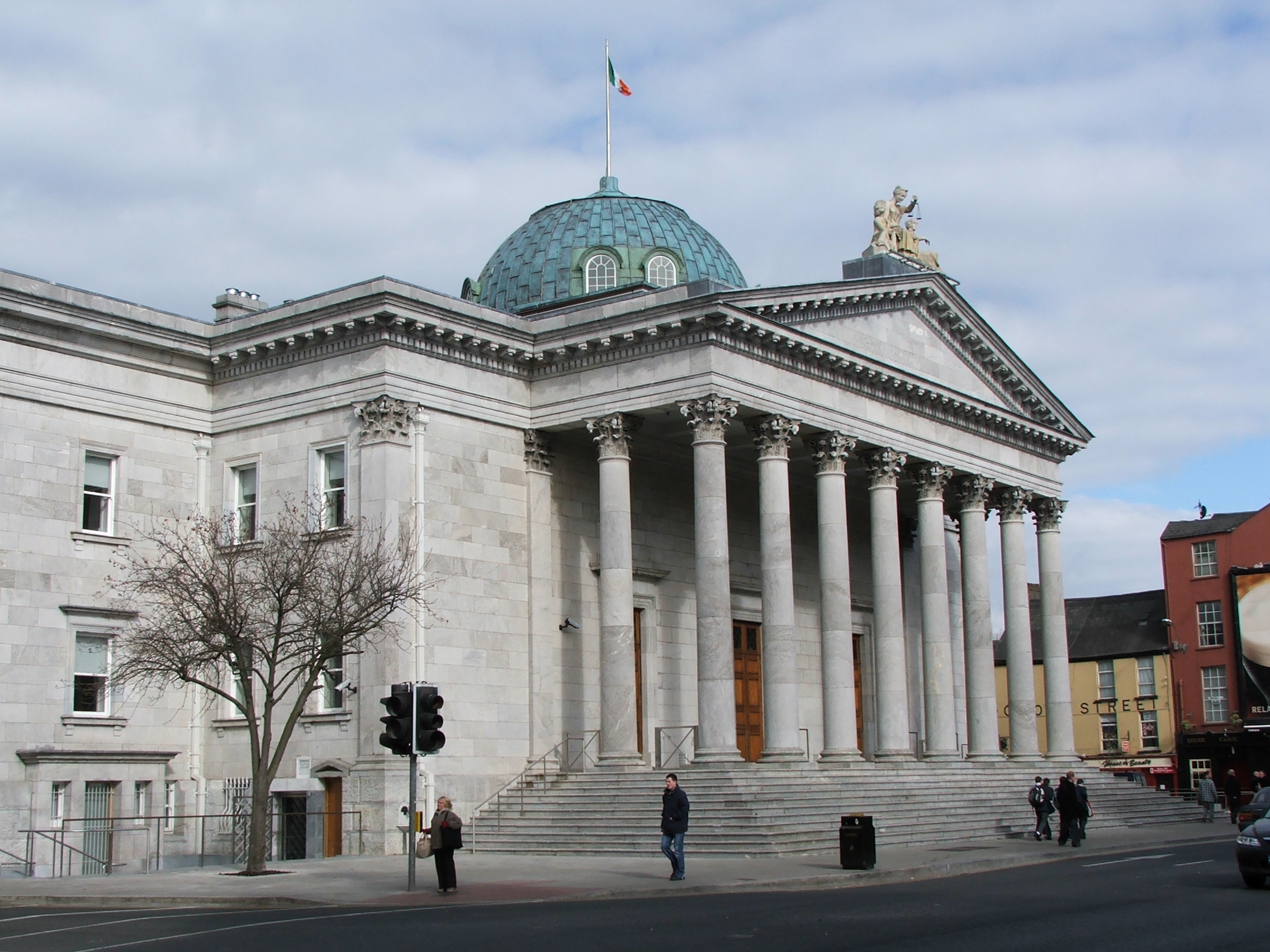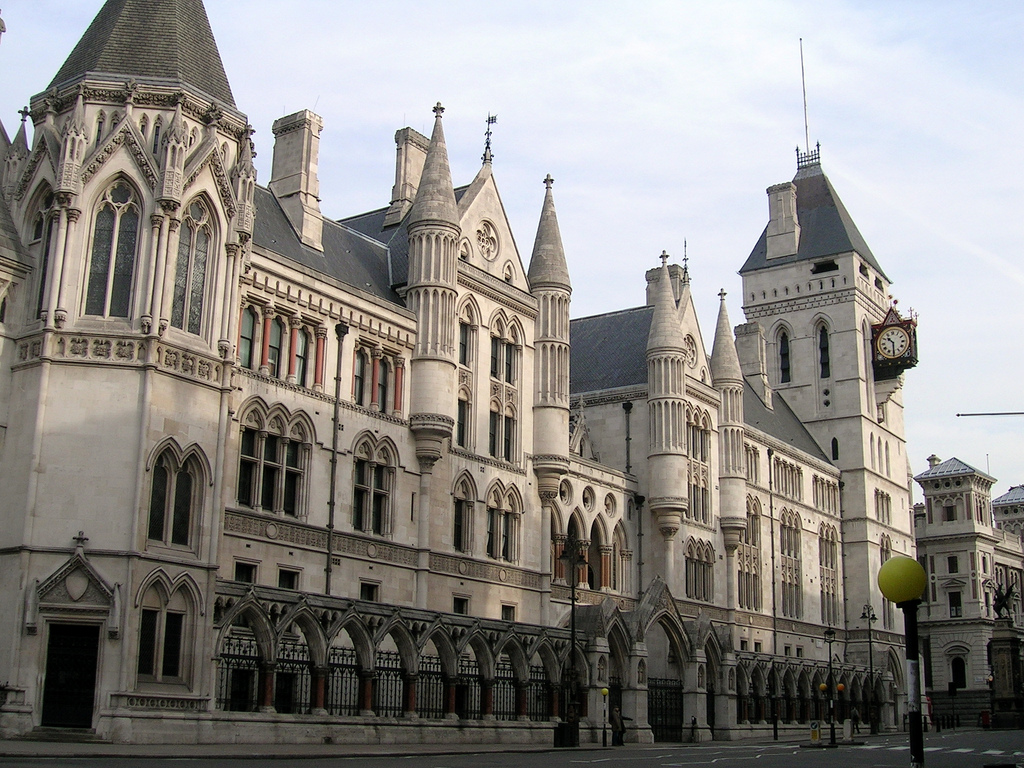|
Jactitation
Jactitation or jactitation of marriage is an archaic cause of action in English and in Irish law. Where one person falsely asserts that he or she is married to another, the wronged party could obtain an order restraining further repetitions of the falsehood. The action was abolished in England in 1986 and in Ireland in 1995. The suit for jactitation of marriage Where one person falsely asserted that he or she is married to another, the wronged party (the petitioner) could bring a suit for jactitation of marriage. The suit could be brought only against the person (the respondent) wrongfully claiming to be married, and could not be used to forbid third parties from alleging the existence of a marriage. If the court found the case to be proven, it could issue a declaration that the two parties were not married, along with an order forbidding the respondent from repeating the assertion. There were three defences to the suit: * that an assertion of marriage was in fact never made * ... [...More Info...] [...Related Items...] OR: [Wikipedia] [Google] [Baidu] |
Cause Of Action
A cause of action or right of action, in law, is a set of facts sufficient to justify suing to obtain money or property, or to justify the enforcement of a legal right against another party. The term also refers to the legal theory upon which a plaintiff brings suit (such as breach of contract, battery (tort), battery, or false imprisonment). The legal document which carries a claim is often called a 'statement of claim' in English law, or a 'complaint' in U.S. federal practice and in many U.S. states. It can be any communication notifying the party to whom it is addressed of an alleged fault which resulted in damages, often expressed in amount of money the receiving party should pay/reimburse. To pursue a cause of action, a plaintiff pleading, pleads or allegation, alleges facts in a complaint, the pleading that initiates a lawsuit. A cause of action generally encompasses both the legal theory (the legal wrong the plaintiff claims to have suffered) and the Legal remedy, remedy (t ... [...More Info...] [...Related Items...] OR: [Wikipedia] [Google] [Baidu] |
Law Commission (England And Wales)
In England and Wales the Law Commission ( cy, Comisiwn y Gyfraith) is an independent law commission set up by Parliament by the Law Commissions Act 1965 to keep the law of England and Wales under review and to recommend reforms. The organisation is headed by a Chairman (currently Sir Nicholas Green, a judge of the Court of Appeal) and four Law Commissioners. It proposes changes to the law that will make the law simpler, more accessible, fairer, modern and more cost-effective. It consults widely on its proposals and in the light of the responses to public consultation, it presents recommendations to the UK Parliament that, if legislated upon, would implement its law reform recommendations. The commission is part of the Commonwealth Association of Law Reform Agencies. Activities The Law Commissions Act 1965 requires the Law Commission to submit "programmes for the examination of different branches of the law" to the Lord Chancellor for his approval before undertaking new work. ... [...More Info...] [...Related Items...] OR: [Wikipedia] [Google] [Baidu] |
Communication Of Falsehoods
Communication (from la, communicare, meaning "to share" or "to be in relation with") is usually defined as the transmission of information. The term may also refer to the message communicated through such transmissions or the field of inquiry studying them. There are many disagreements about its precise definition. John Peters argues that the difficulty of defining communication emerges from the fact that communication is both a universal phenomenon and a specific discipline of institutional academic study. One definitional strategy involves limiting what can be included in the category of communication (for example, requiring a "conscious intent" to persuade). By this logic, one possible definition of communication is the act of developing meaning among entities or groups through the use of sufficiently mutually understood signs, symbols, and semiotic conventions. An important distinction is between verbal communication, which happens through the use of a language, and non ... [...More Info...] [...Related Items...] OR: [Wikipedia] [Google] [Baidu] |
Marriage Law In The United Kingdom
Marriage, also called matrimony or wedlock, is a culturally and often legally recognized union between people called spouses. It establishes rights and obligations between them, as well as between them and their children, and between them and their Affinity (law), in-laws. It is considered a cultural universal, but the definition of marriage varies between cultures and religions, and over time. Typically, it is an institution in which interpersonal relationships, usually Human sexual activity, sexual, are acknowledged or sanctioned. In some cultures, marriage is recommended or considered to be Premarital sex, compulsory before pursuing any sexual activity. A marriage ceremony is called a wedding. Individuals may marry for several reasons, including legal, social, Libido, libidinal, emotional, financial, Spirituality, spiritual, and religious purposes. Whom they marry may be influenced by gender, Incest taboo, socially determined rules of incest, Alliance theory, prescri ... [...More Info...] [...Related Items...] OR: [Wikipedia] [Google] [Baidu] |
BAILII
The British and Irish Legal Information Institute (BAILII, pronounced "Bailey") provides legal information, and especially reports of cases decided by courts, in the United Kingdom generally. Decisions from England and Wales, Ireland, Northern Ireland, Scotland, the European Union, and from the European Court of Human Rights are put online. It is a partial online database of British and Irish legislation, case law, law reform reports, treaties and some legal scholarship. Background Traditionally, legal information was accessible through a law report, usually written by private individuals or groups. While court judgments have had official reports more recently, historically a court judgment would simply be spoken, and so publication of the precedents built up depended on their record by interested third parties. The Year Books, which recorded judgments from 1268 to 1535, were probably compiled by law students. Other people, like the judge Sir Edward Coke from 1572 to 1615, th ... [...More Info...] [...Related Items...] OR: [Wikipedia] [Google] [Baidu] |
Circuit Family Court
The Circuit Court ( ga, An Chúirt Chuarda) of Ireland is an intermediate level court of local and limited jurisdiction which hears both civil and criminal matters. On the criminal side the Circuit Court hears criminal matters tried on indictment with a judge and jury, except for certain serious crimes which are tried in either the Central Criminal Court or the Special Criminal Court. On the civil side the Circuit Court has a considerable parallel jurisdiction — including equitable remedies — with the High Court but normally cannot award damages of more than €75,000. The Circuit Court also hears '' de novo'' appeals from the District Court in both civil and criminal matters. The Circuit Court consists of a President and thirty-seven ordinary judges and six specialist judges. It is composed of eight circuits, each of which cover an ''ad hoc'' region of the state. One judge is assigned to each circuit except in Dublin where ten judges may be assigned, and Cork, where ther ... [...More Info...] [...Related Items...] OR: [Wikipedia] [Google] [Baidu] |
Irish Statute Book
The Irish Statute Book, also known as the electronic Irish Statute Book (eISB), is a database produced by the Office of the Attorney General of Ireland. It contains copies of Acts of the Oireachtas and statutory instruments.electronic Irish Statute Book (eISB) . Office of the Attorney General from the original by . It also contains a Legislation Directory which includes chronological tables of pre-1922 legislation. [...More Info...] [...Related Items...] OR: [Wikipedia] [Google] [Baidu] |
Law Reform Commission (Ireland)
The Irish Law Reform Commission was established undeof th Activities The Commission an independent body which examines areas of the law and proposes reforms or changes. Most of their recommendations are adopted through legislation. According to its website, 70% of its proposals have resulted in the enactment of legislation effecting reforms. The website says that the Commission is currently engaged in its Fifth Programme of Law Reform.The Law Reform Commission"Welcome" Functions of the Law Reform Commission Act 1975 provides: By section 1, *"the law" means the law of (including any private or public international law) and includes matters of legal practice or procedure, and "law" must be construed accord ... [...More Info...] [...Related Items...] OR: [Wikipedia] [Google] [Baidu] |
Family Law Act 1986
The Family Law Act 1986 is an Act of the United Kingdom parliament. It covered a range of issues, including e.g. access to children. One obscure point is that it abolished jactitation of marriage. Family law in the United Kingdom United Kingdom Acts of Parliament 1986 {{UK-statute-stub ... [...More Info...] [...Related Items...] OR: [Wikipedia] [Google] [Baidu] |
High Court Of Justice
The High Court of Justice in London, known properly as His Majesty's High Court of Justice in England, together with the Court of Appeal of England and Wales, Court of Appeal and the Crown Court, are the Courts of England and Wales, Senior Courts of England and Wales. Its name is abbreviated as EWHC (England and Wales High Court) for legal citation purposes. The High Court deals at Court of first instance, first instance with all high value and high importance Civil law (common law), civil law (non-criminal law, criminal) cases; it also has a supervisory jurisdiction over all subordinate courts and tribunals, with a few statutory exceptions, though there are debates as to whether these exceptions are effective. The High Court consists of three divisions: the King's Bench Division, the #Chancery Division, Chancery Division and the #Family Division, Family Division. Their jurisdictions overlap in some cases, and cases started in one division may be transferred by court order to ... [...More Info...] [...Related Items...] OR: [Wikipedia] [Google] [Baidu] |
English Law
English law is the common law legal system of England and Wales, comprising mainly criminal law and civil law, each branch having its own courts and procedures. Principal elements of English law Although the common law has, historically, been the foundation and prime source of English law, the most authoritative law is statutory legislation, which comprises Acts of Parliament, regulations and by-laws. In the absence of any statutory law, the common law with its principle of '' stare decisis'' forms the residual source of law, based on judicial decisions, custom, and usage. Common law is made by sitting judges who apply both statutory law and established principles which are derived from the reasoning from earlier decisions. Equity is the other historic source of judge-made law. Common law can be amended or repealed by Parliament. Not being a civil law system, it has no comprehensive codification. However, most of its criminal law has been codified from its common la ... [...More Info...] [...Related Items...] OR: [Wikipedia] [Google] [Baidu] |



